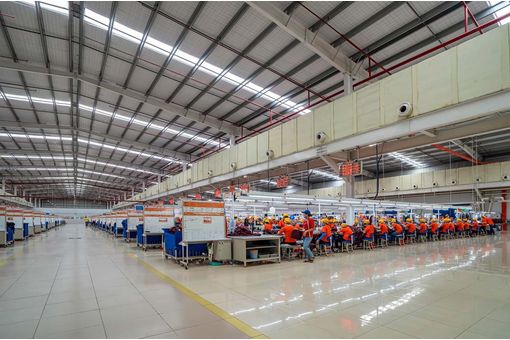Interviews
High price, western influence affects kimono demand
06 Sep '13
2 min read
The demand for Japanese hand-crafted kimonos has been declining owing to high prices and increasing influence of western culture amongst the youth of the country.
The Japanese hand-crafted kimonos, which mean clothing, illustrate the unique culture, beauty and symbolism of the Far Eastern country.
At a point in time kimonos were quite popular in Japan donned by people in the country on different occasions to showcase their knowledge or love for season.
However, today there are very few people who wear the outfit, and the reduced demand is mainly attributed to increasing influence of western culture on the youth as well as high prices of kimonos, according to kimono manufacturers.
Original hand-crafted kimonos are usually prepared from silk, wool or other rich man-made fibre and are lavishly styled, for which they are highly-priced, and difficult to afford. However, the high price is justified considering the efforts and time that go in preparation of these kimonos, the manufacturers say.
Usually, it takes three to four months to create a standard hand-crafted kimono, but in case of special orders it may even take 18 months or more.
kimono making involves around 20-25 step process right from planning, selection of fabric or at times even hand-weaving the fabric, dyeing, selecting design and designing as per the pattern outlined in traditional manner, for instance using an extract made of spiderwort – a three-petal perennial flower.
The next stage is hand-painting these designs which is taken on after meticulously checking and studying the design which involves use of 40-50 colours.
After completing the hand-painting stage, the kimonos are then embellished with embroidery, at times using gold embroidery or metallic leaf to finish a design.
Each object in the kimono design represents something different, like water represents eternity and power, while pine tree represents strength.
Traditionally there are specifications as to which designs shall be donned at what time like cherry blossom can be donned only during January, February and March. Also, different colours in fabric and design mean differently in kimonos, like vivid hues such as scarlet are reserved for young women, while designs for older married women are in more subdued hues, with less flowing sleeves and subtle motifs.
Fibre2fashion News Desk - India
Popular News
Leave your Comments
Editor’s Pick
































-Ltd..jpg?tr=w-120,h-60,c-at_max,cm-pad_resize,bg-ffffff)





.jpg?tr=w-120,h-60,c-at_max,cm-pad_resize,bg-ffffff)
.jpg?tr=w-120,h-60,c-at_max,cm-pad_resize,bg-ffffff)






